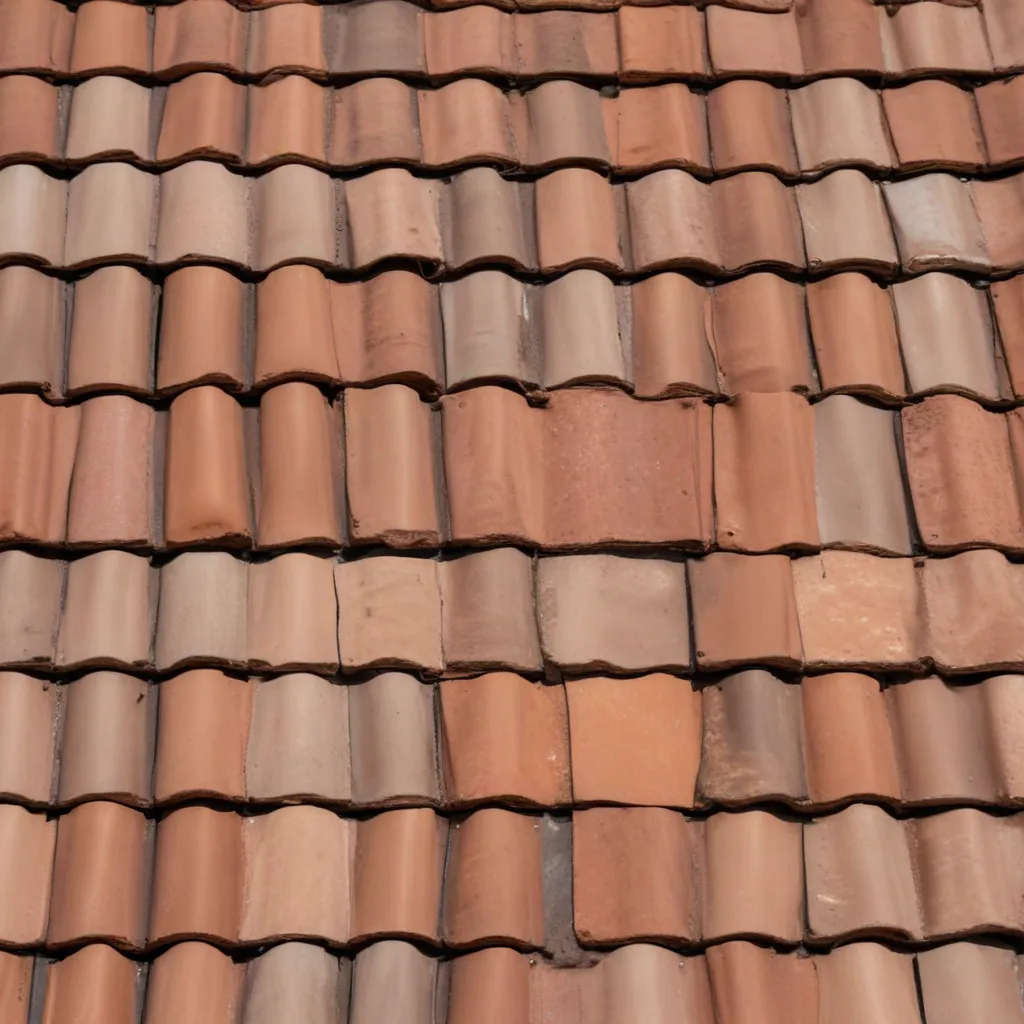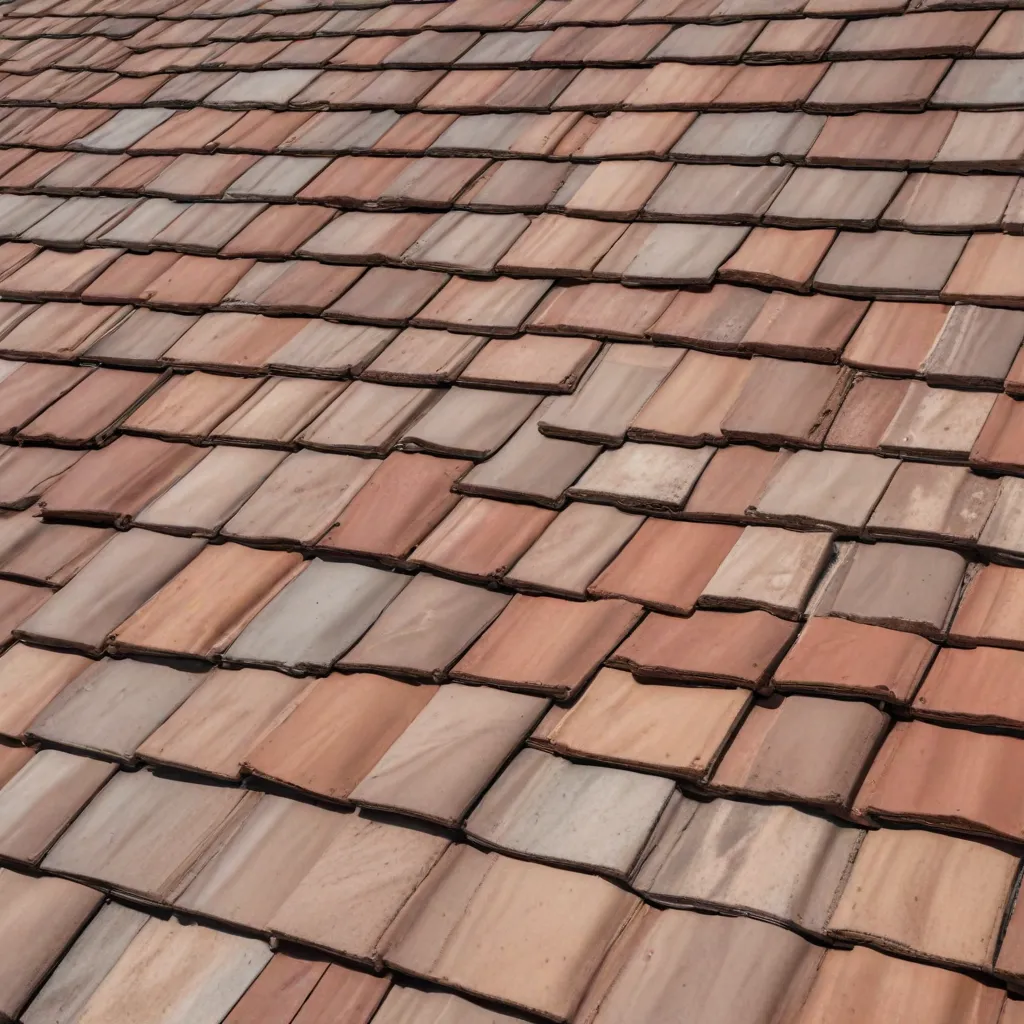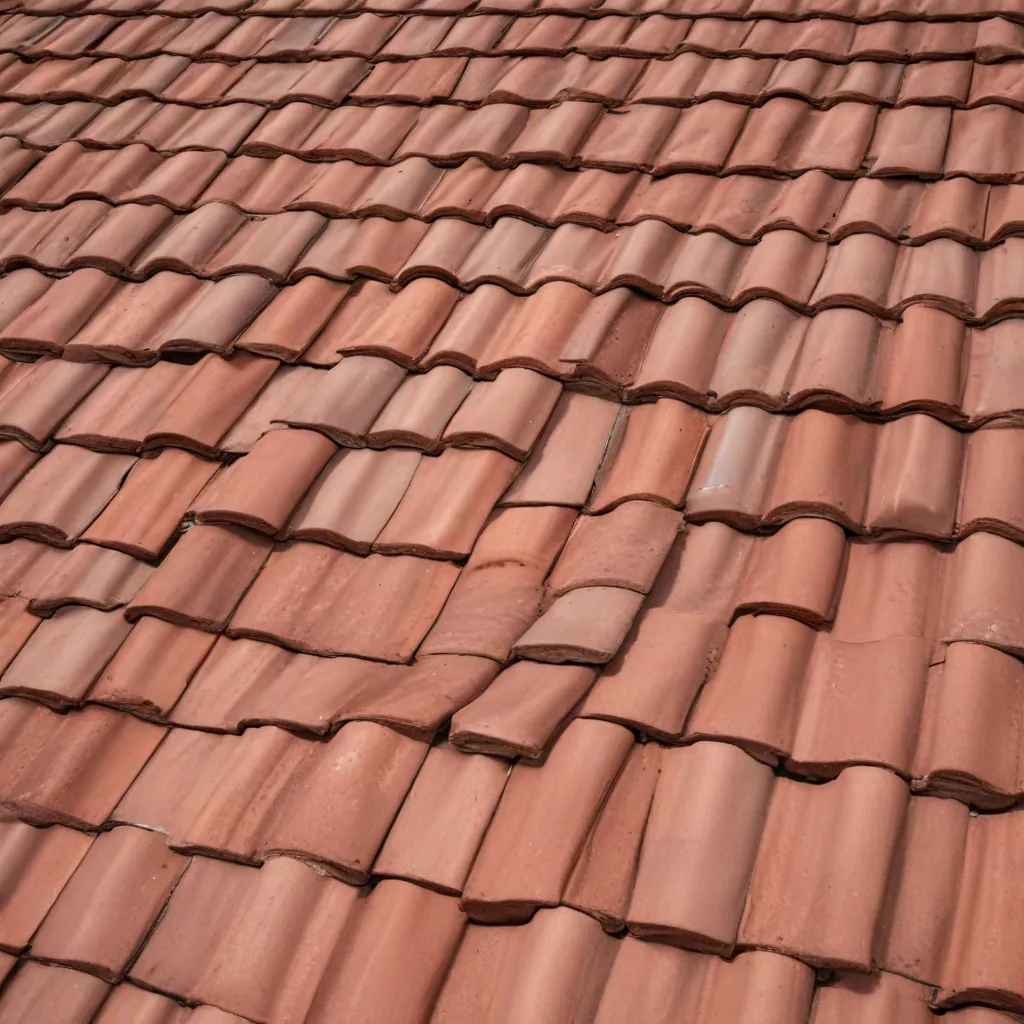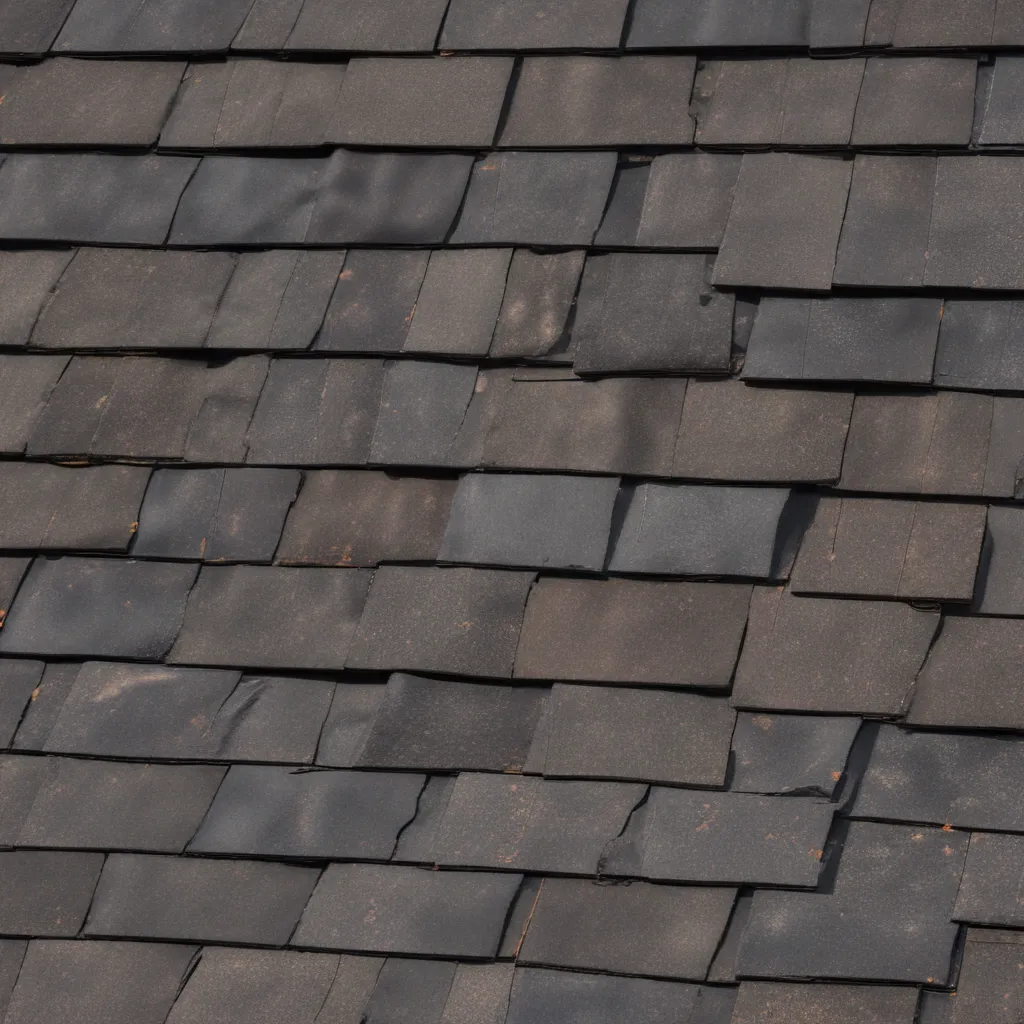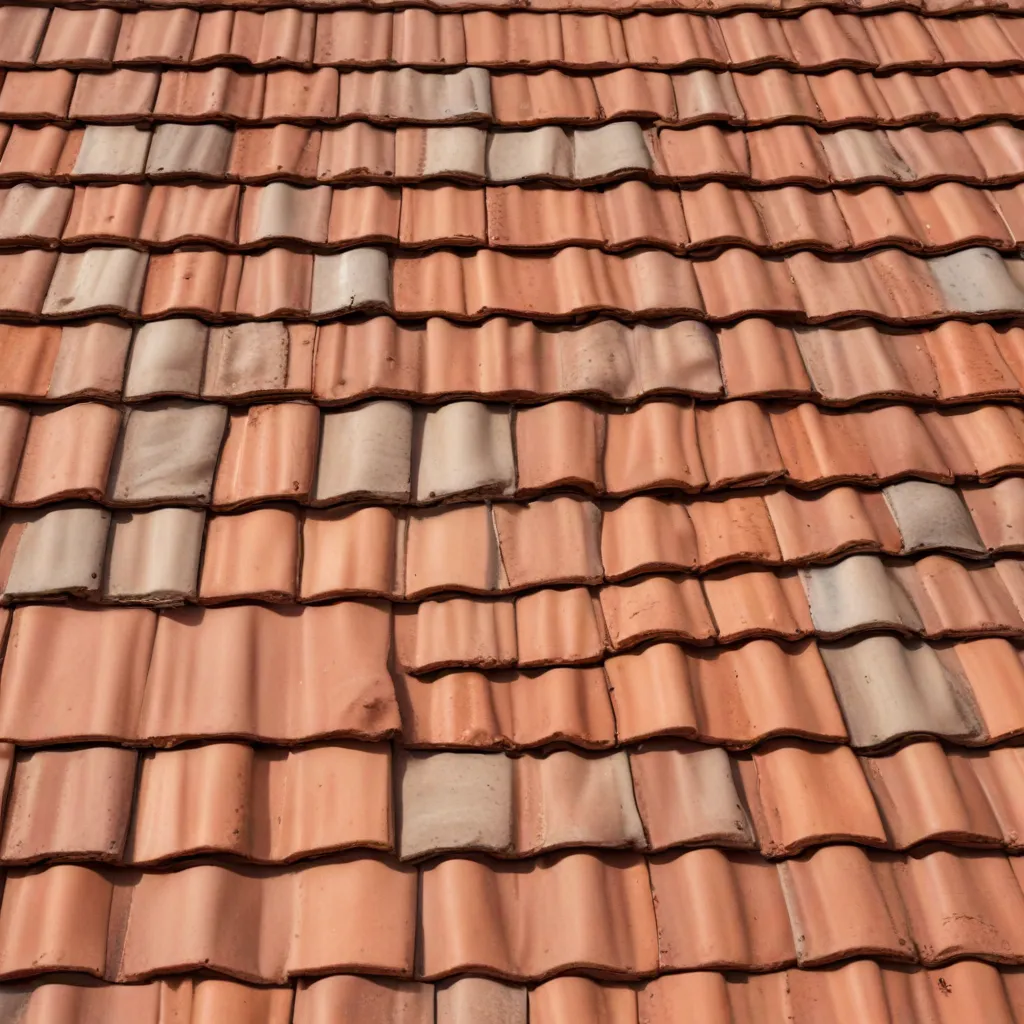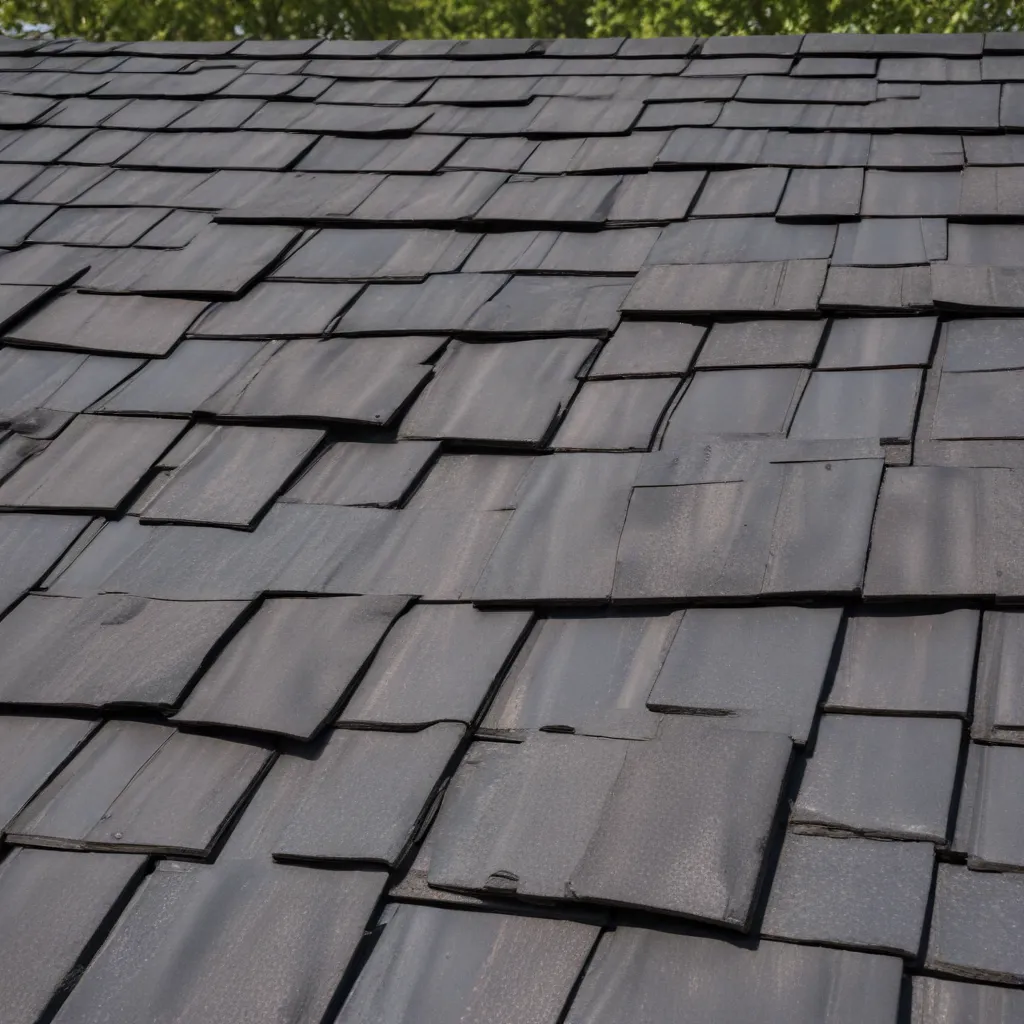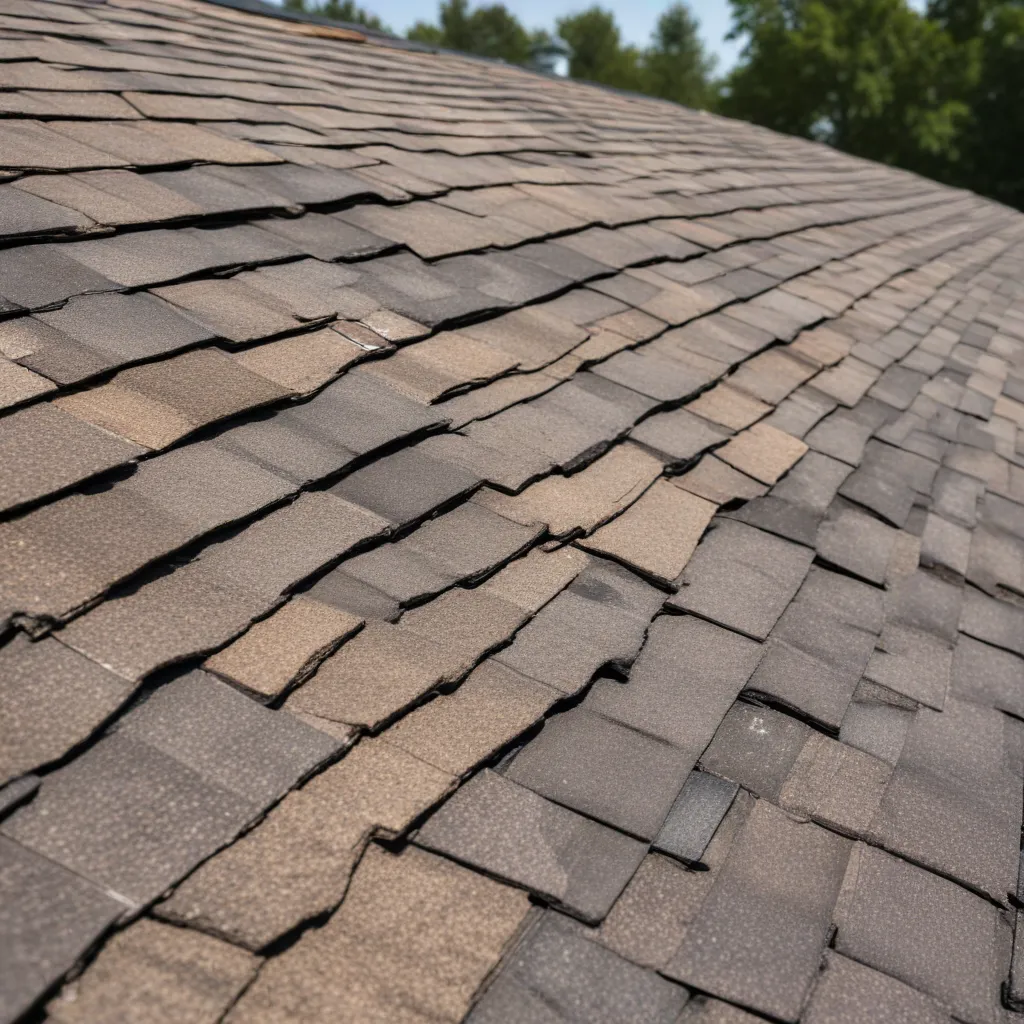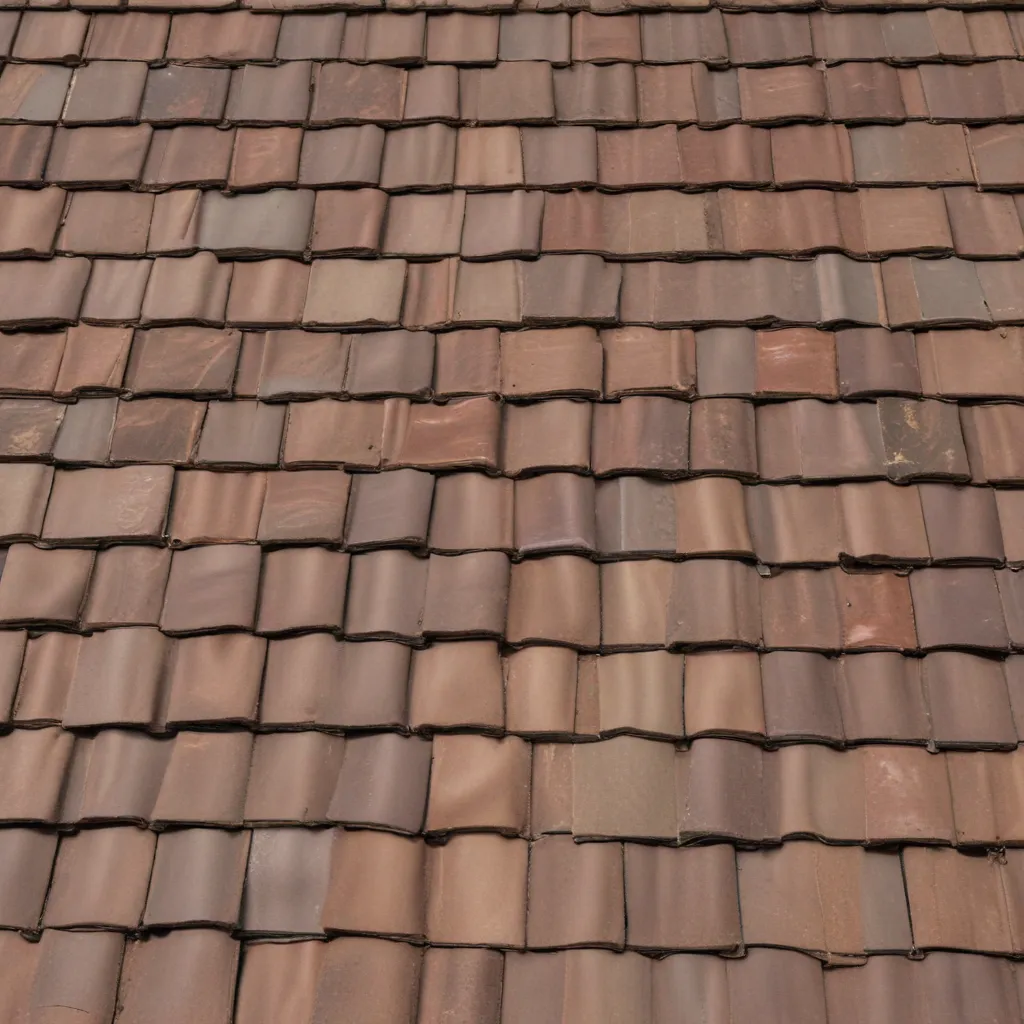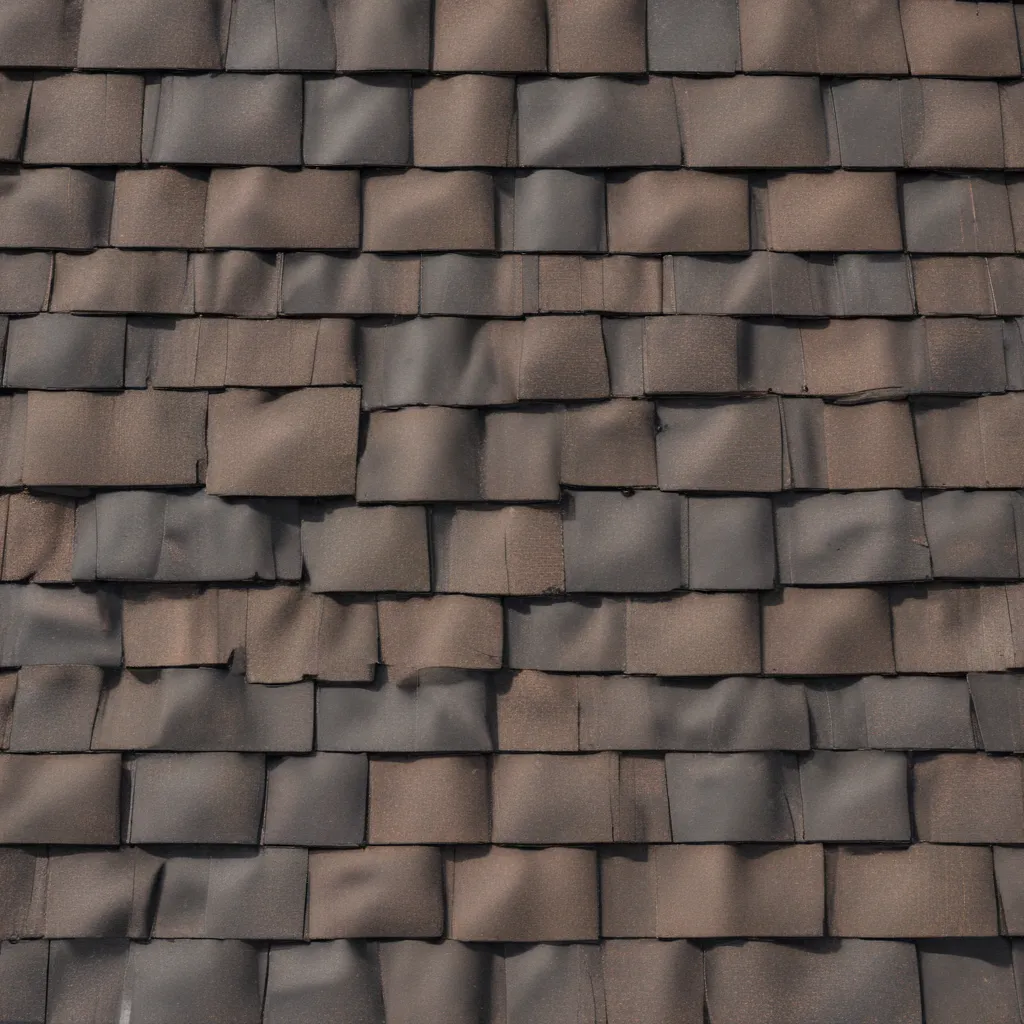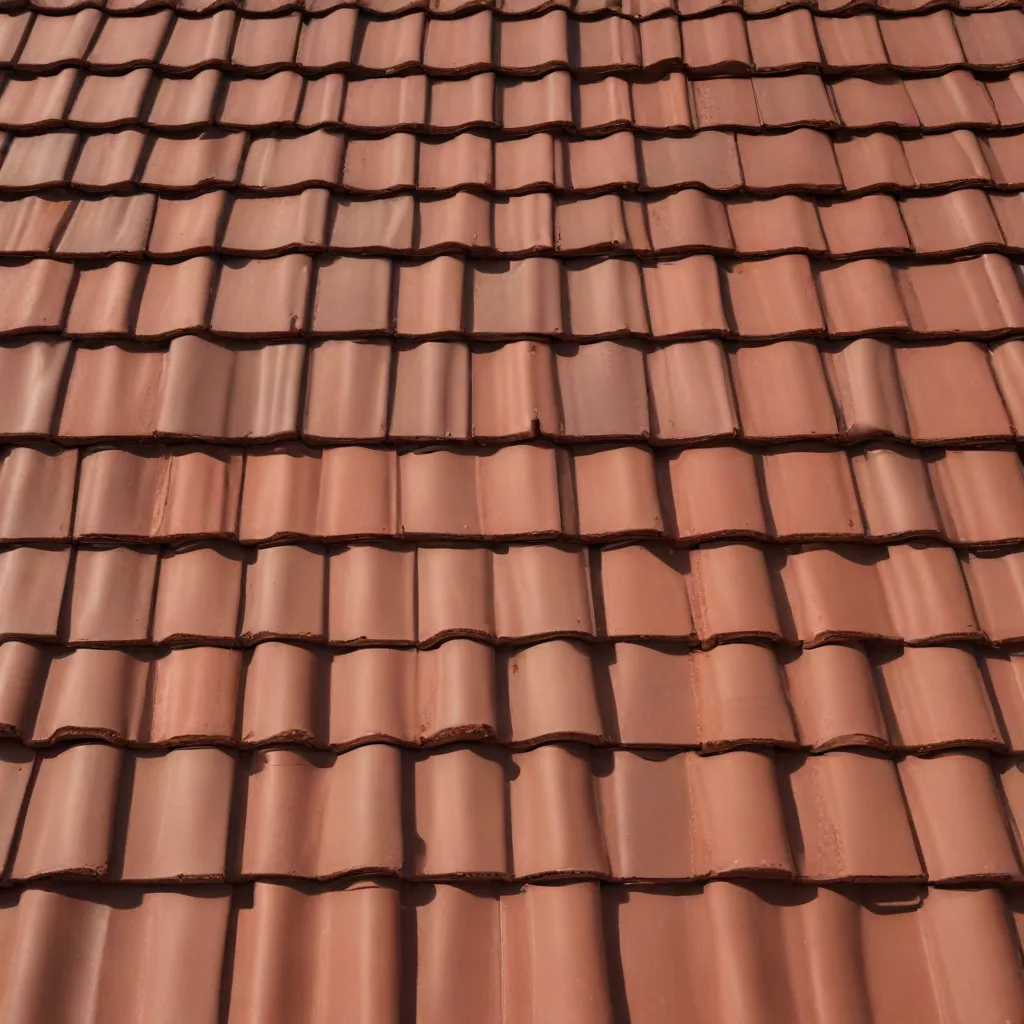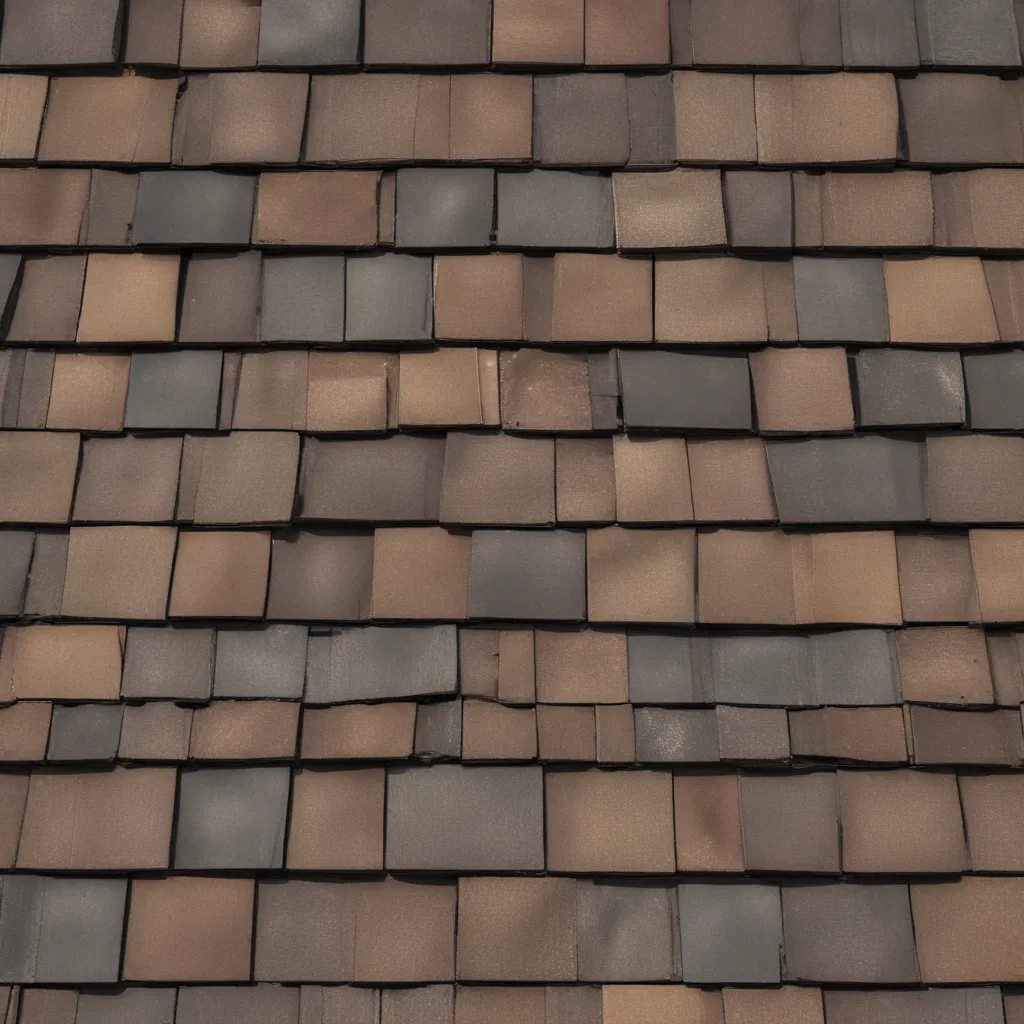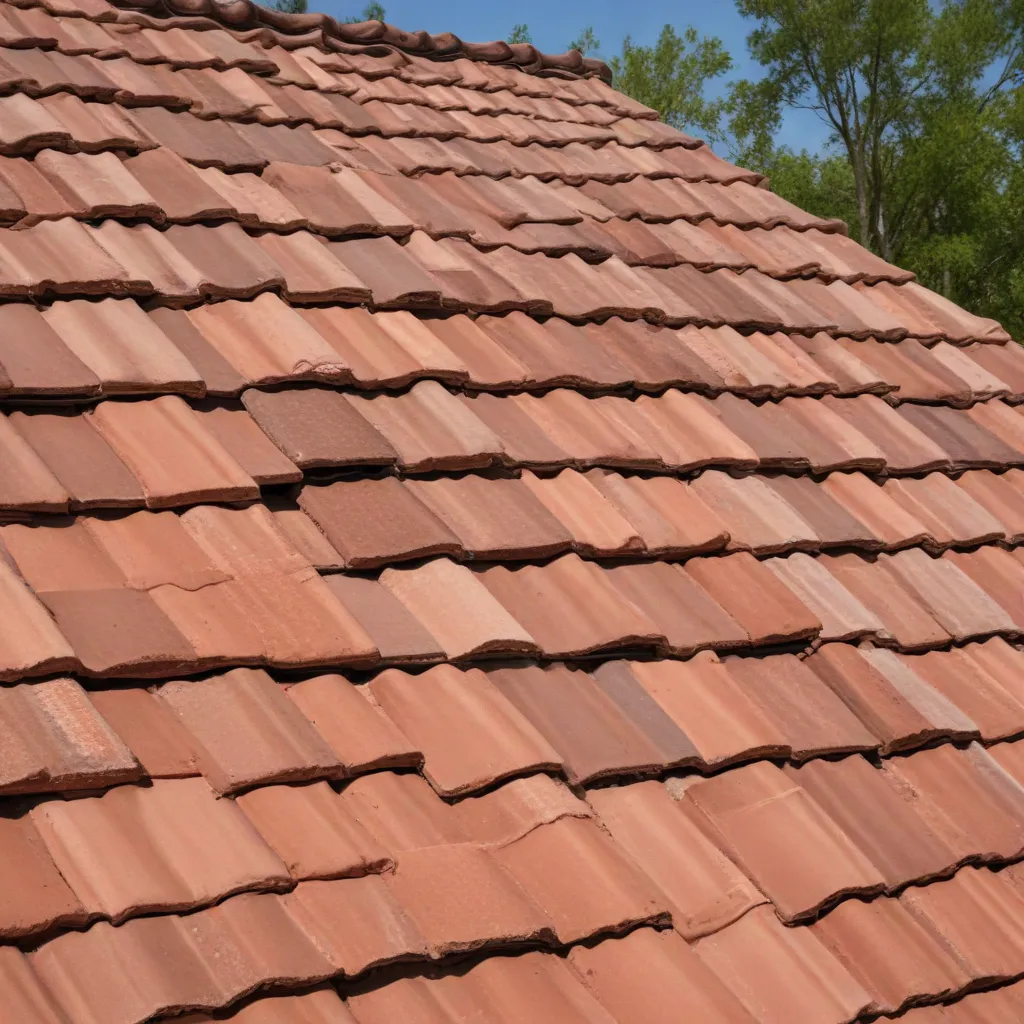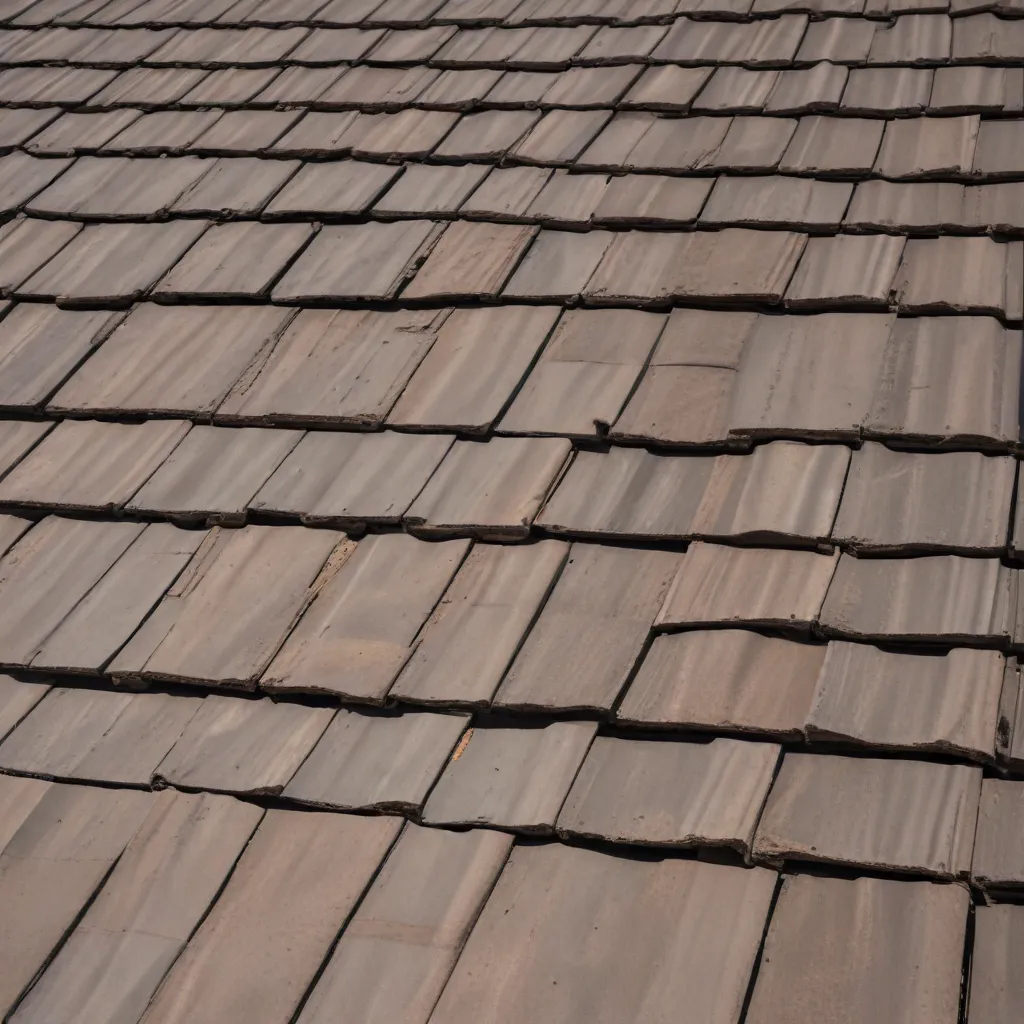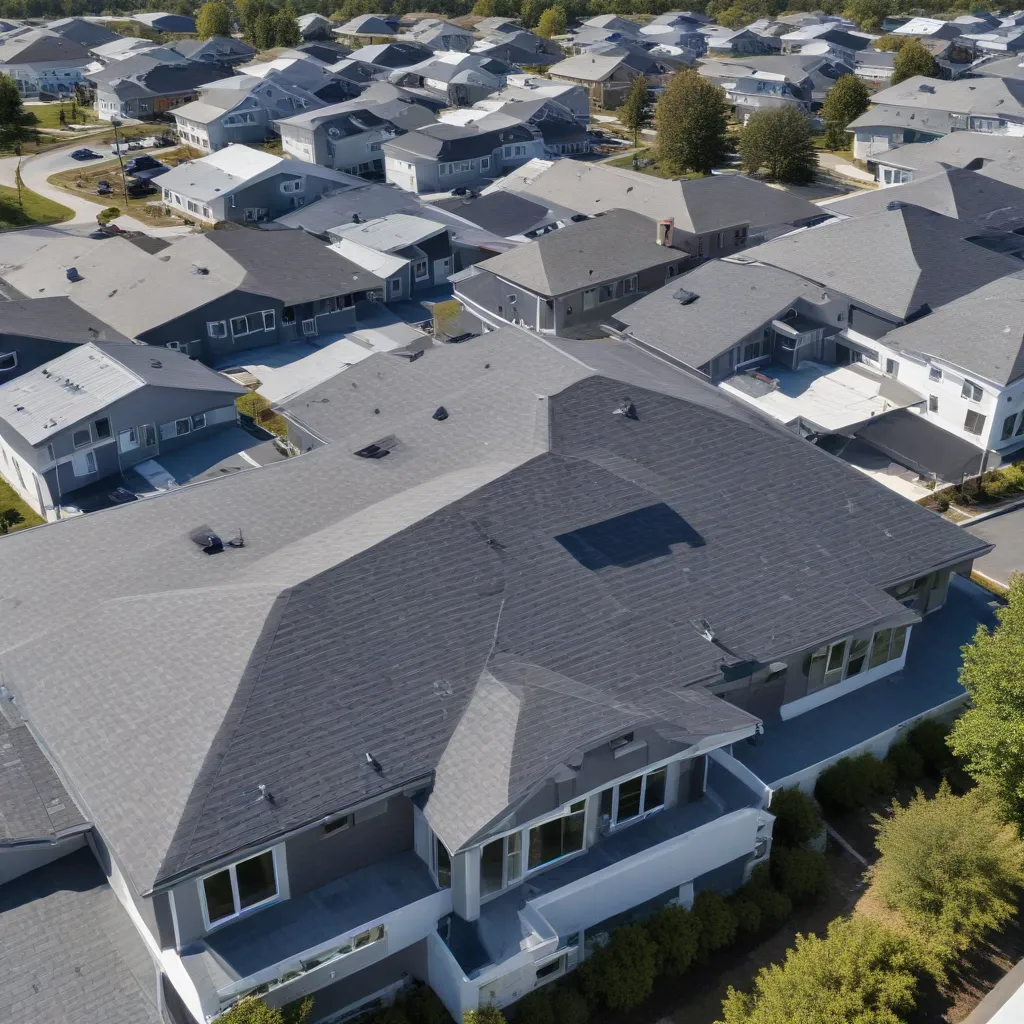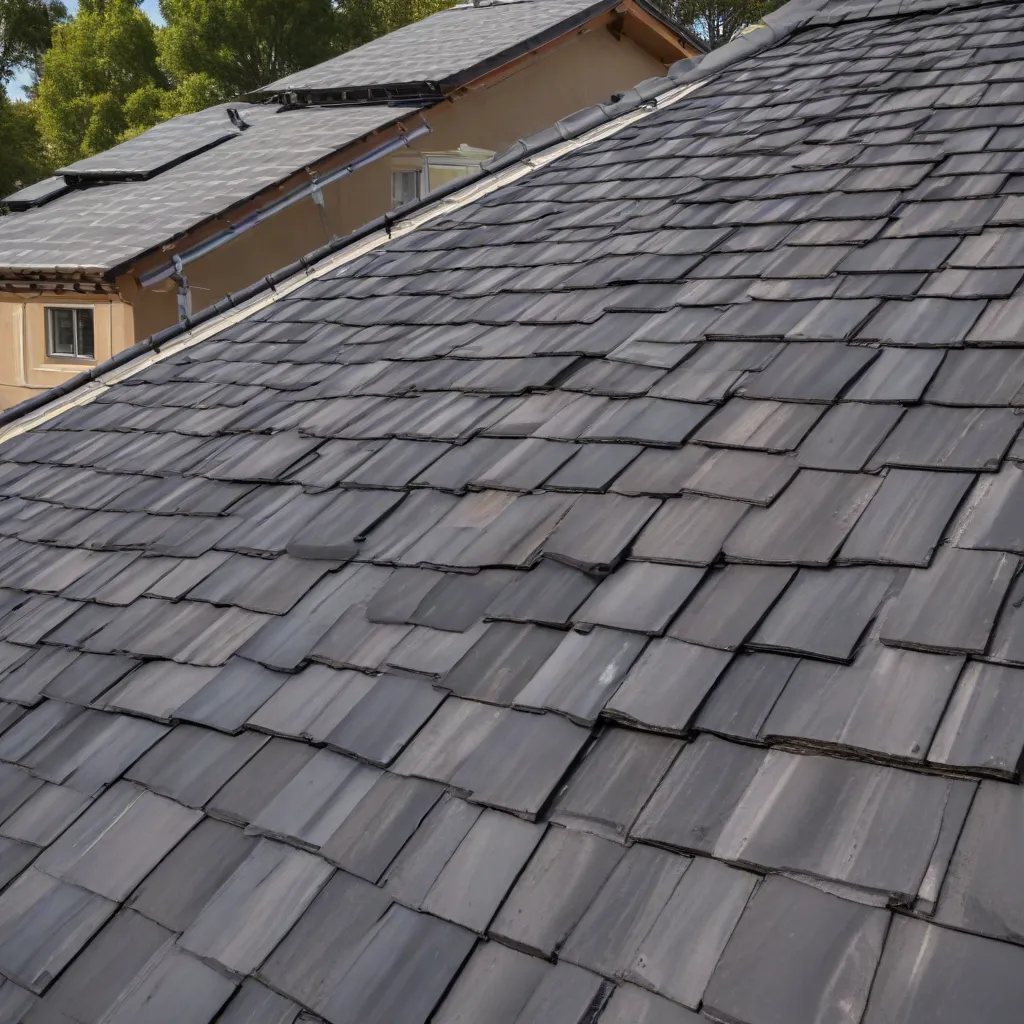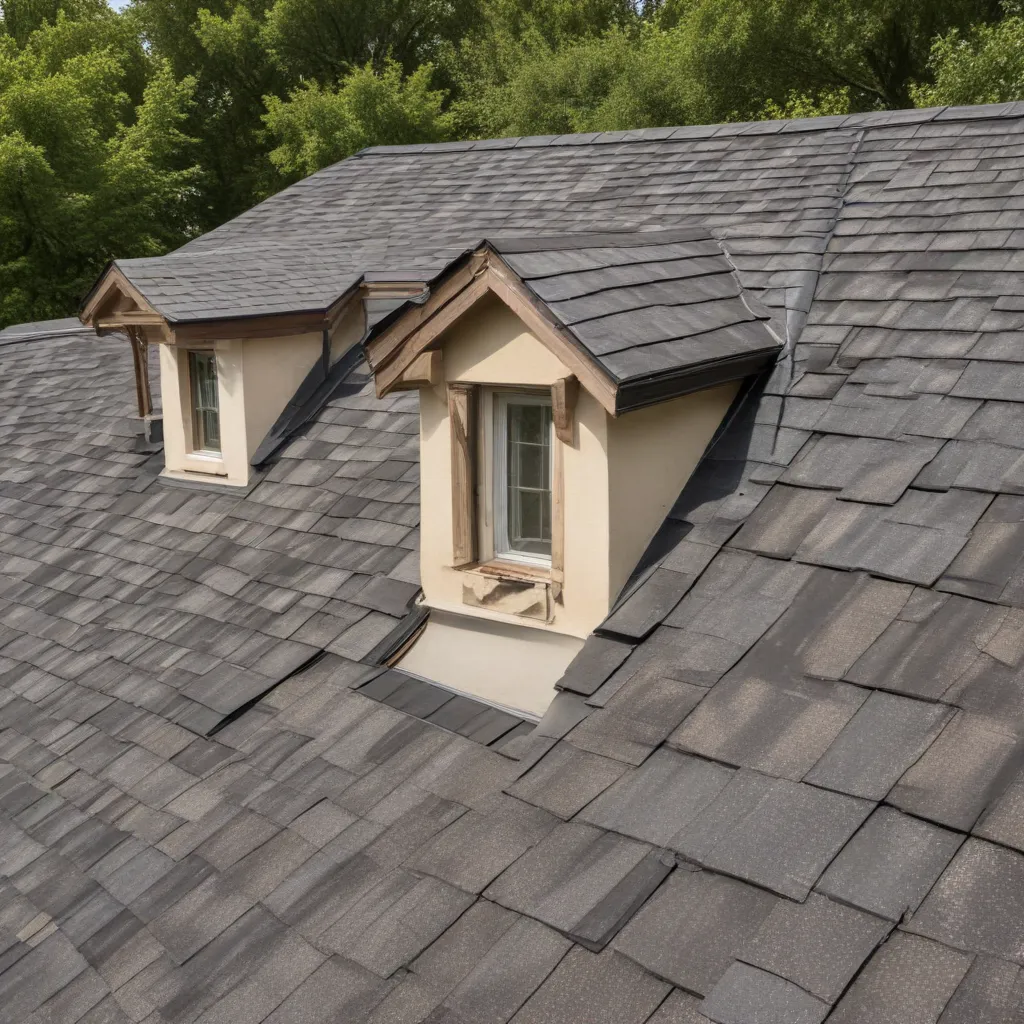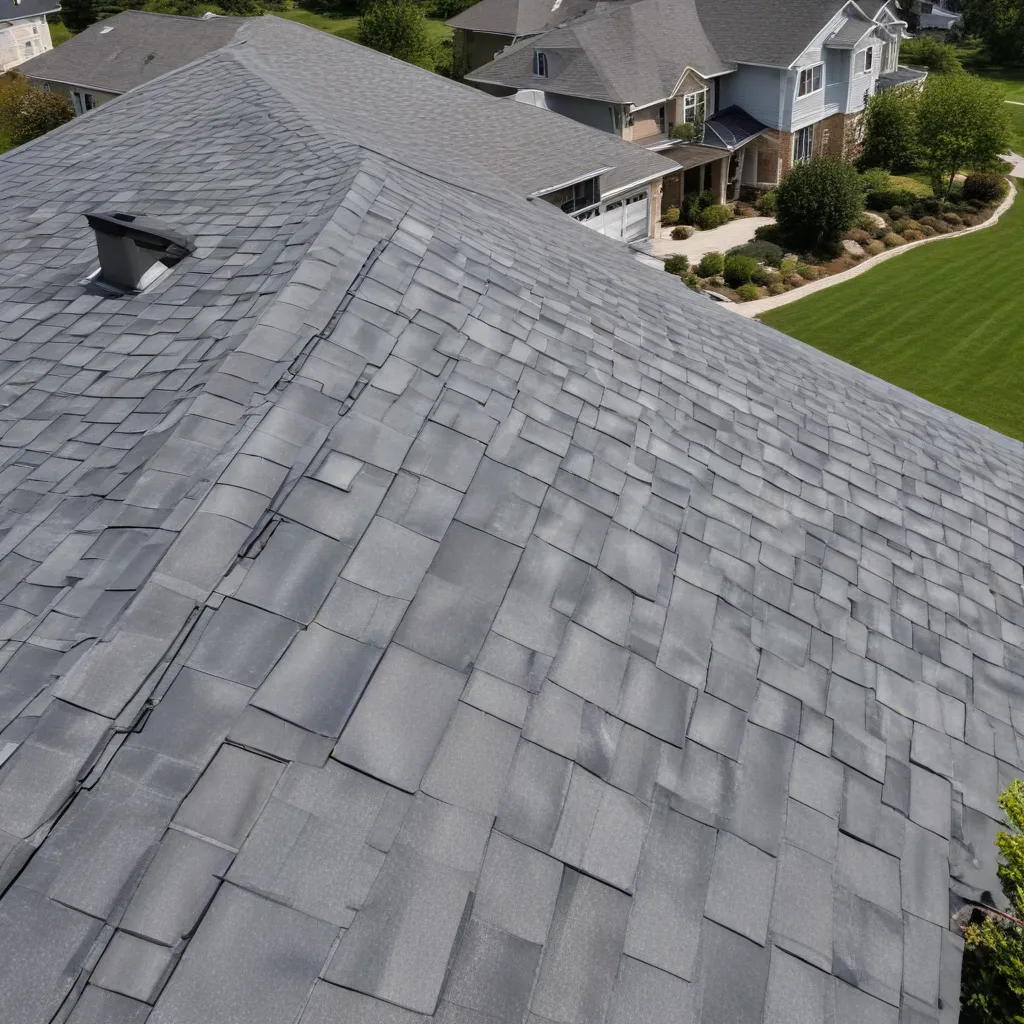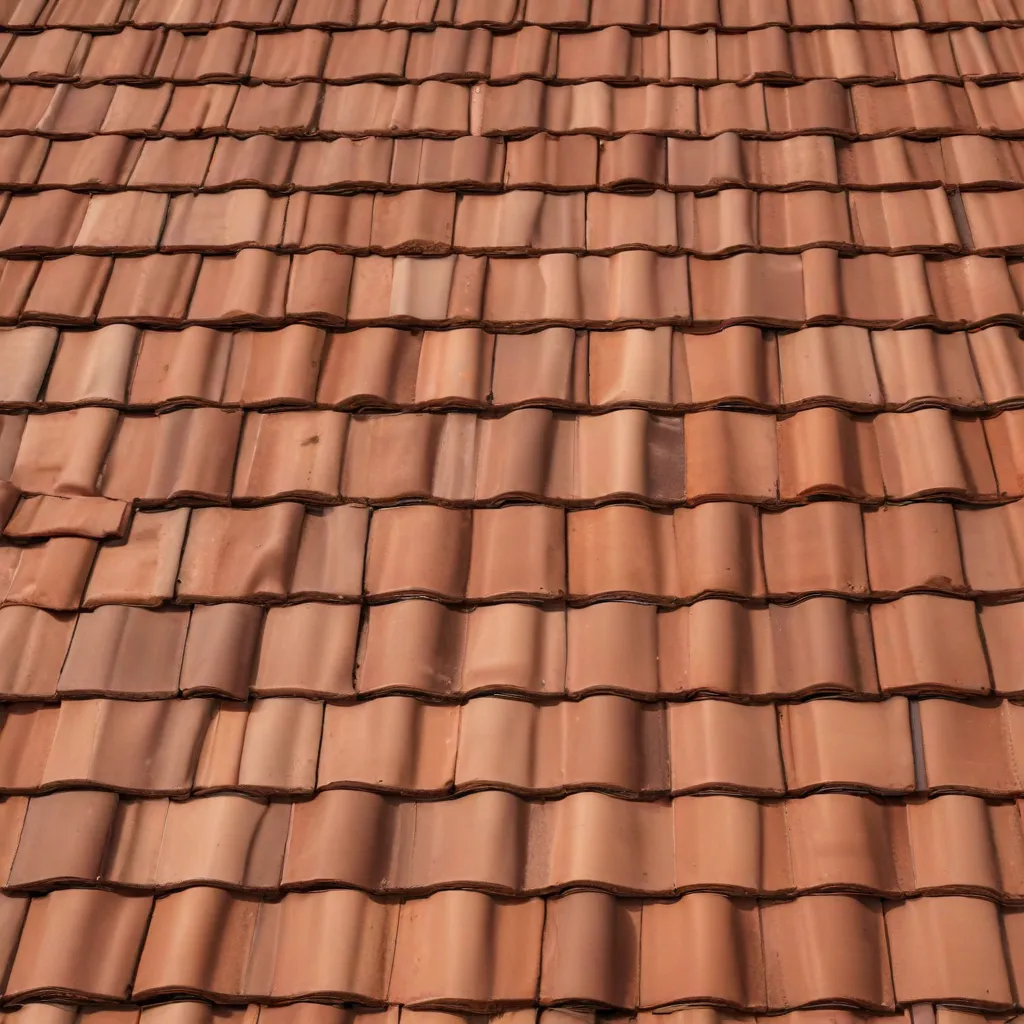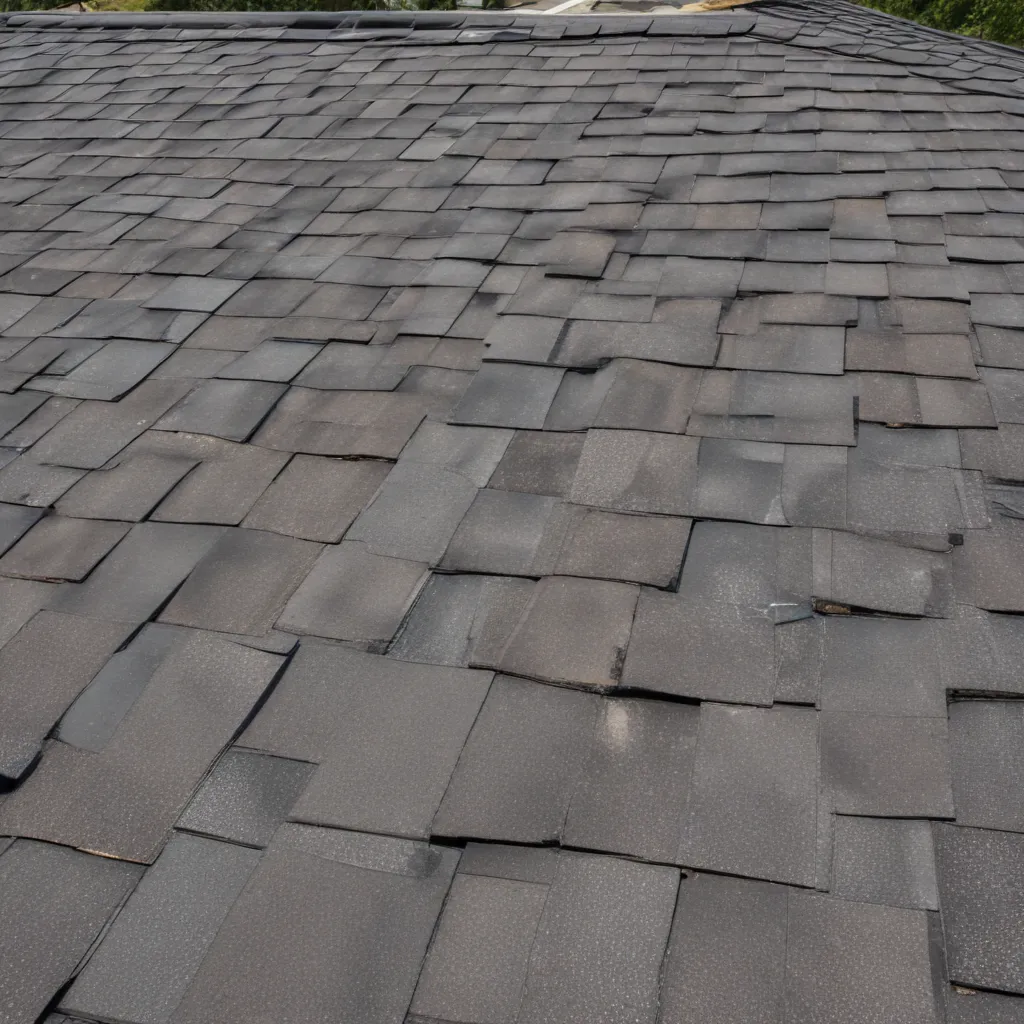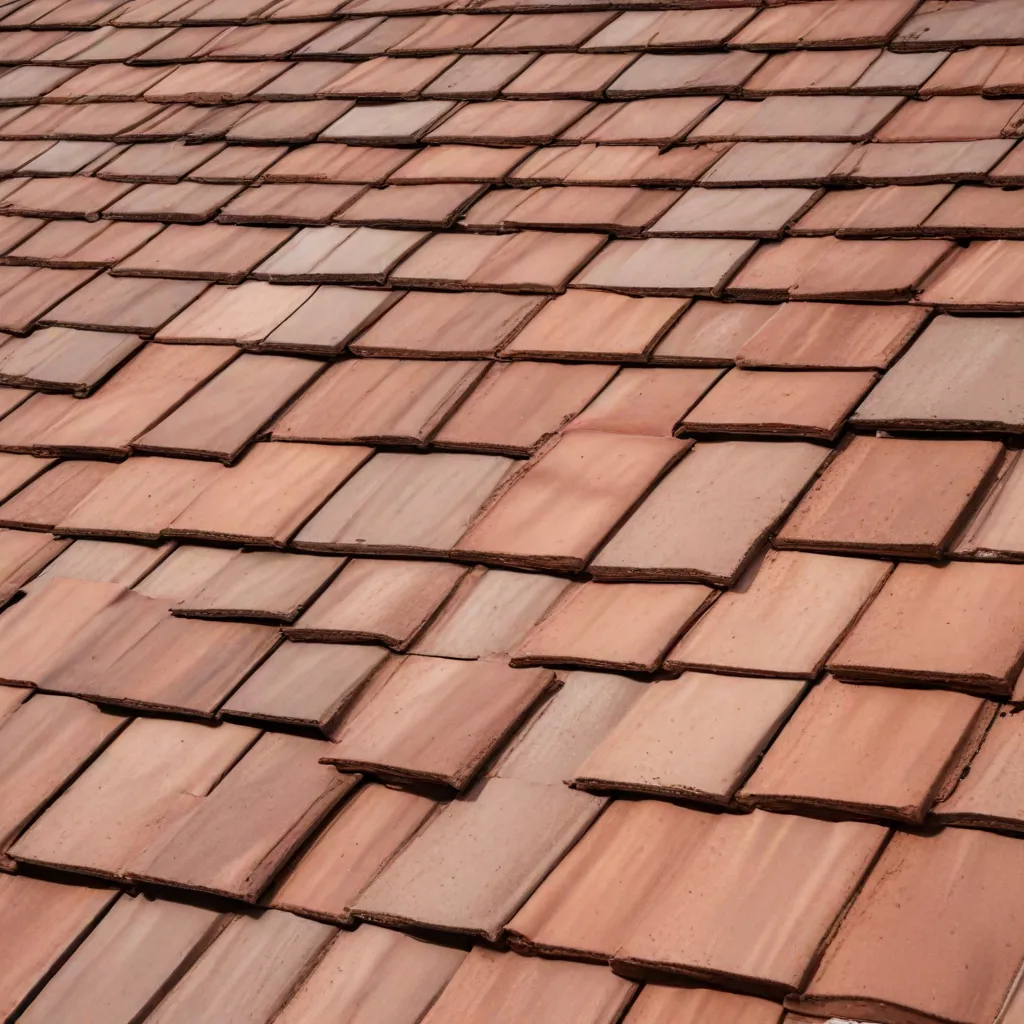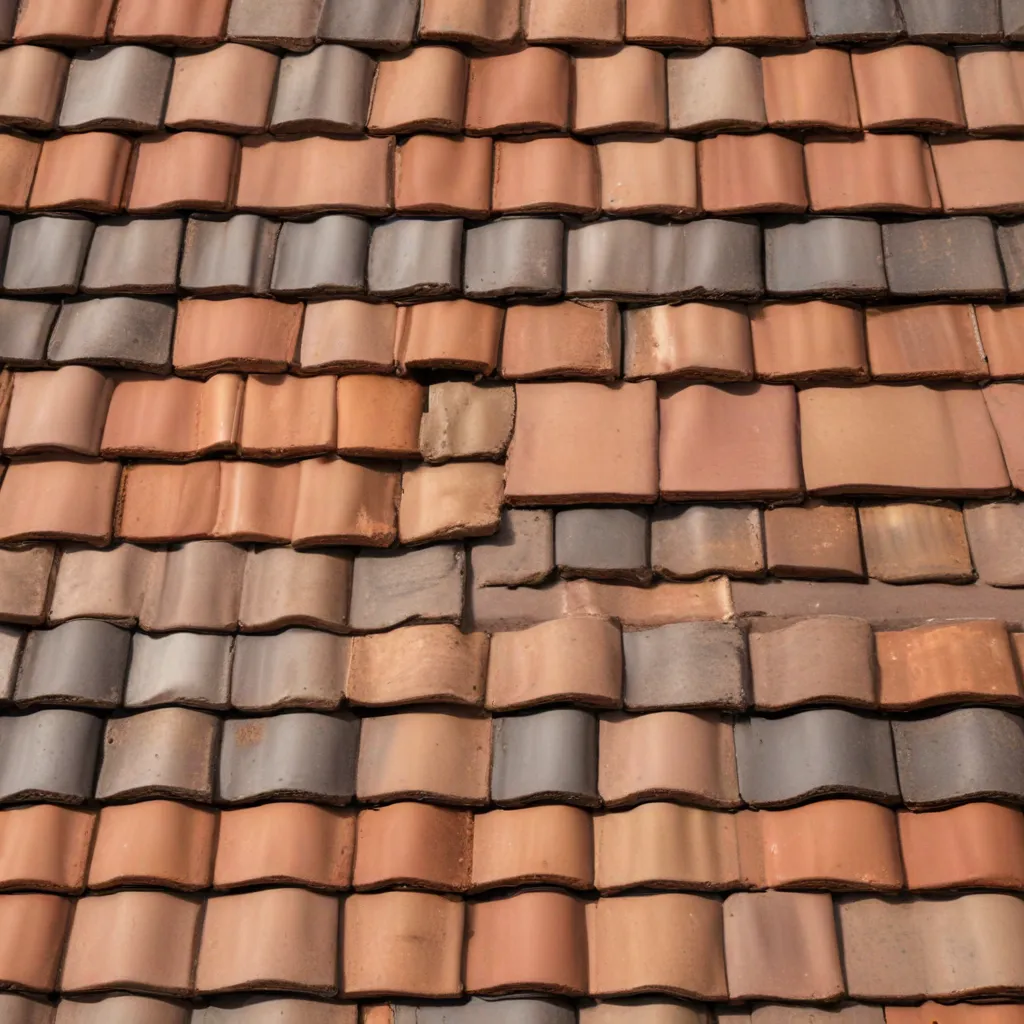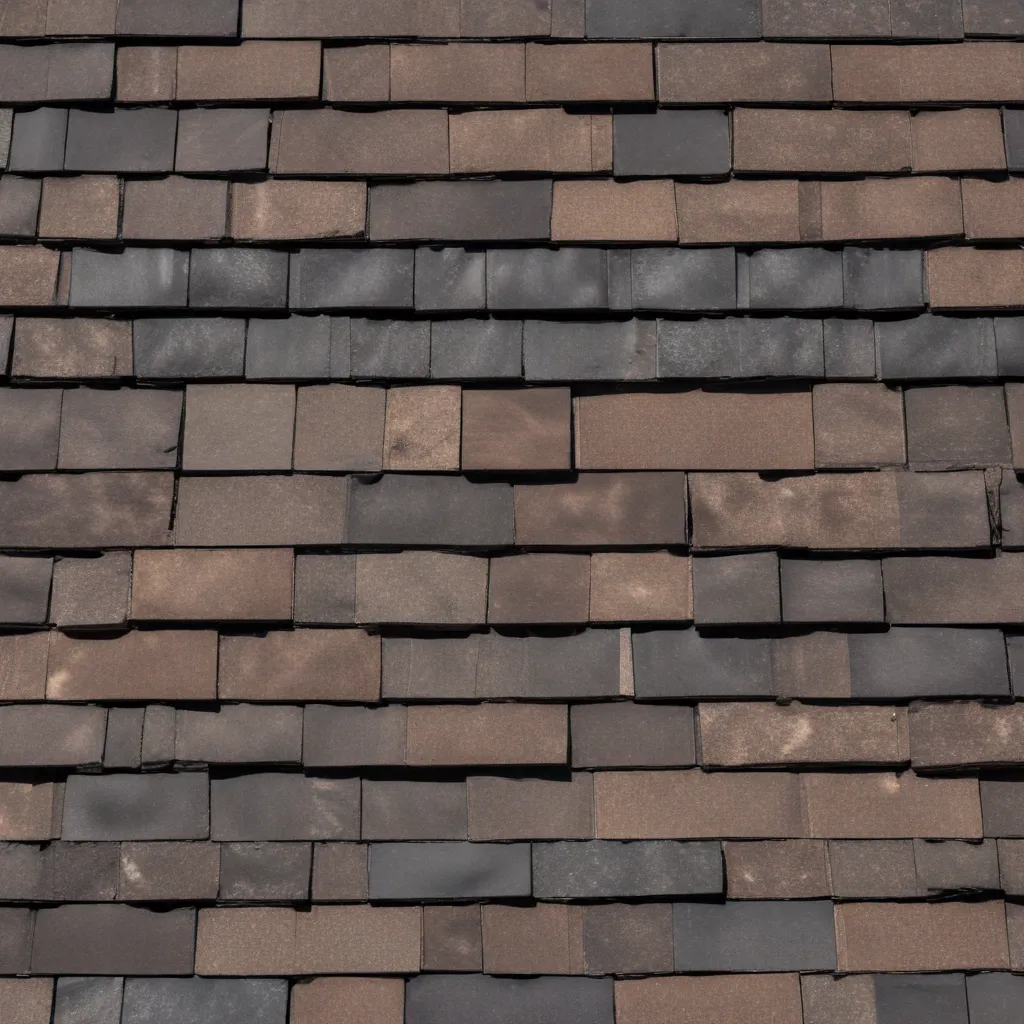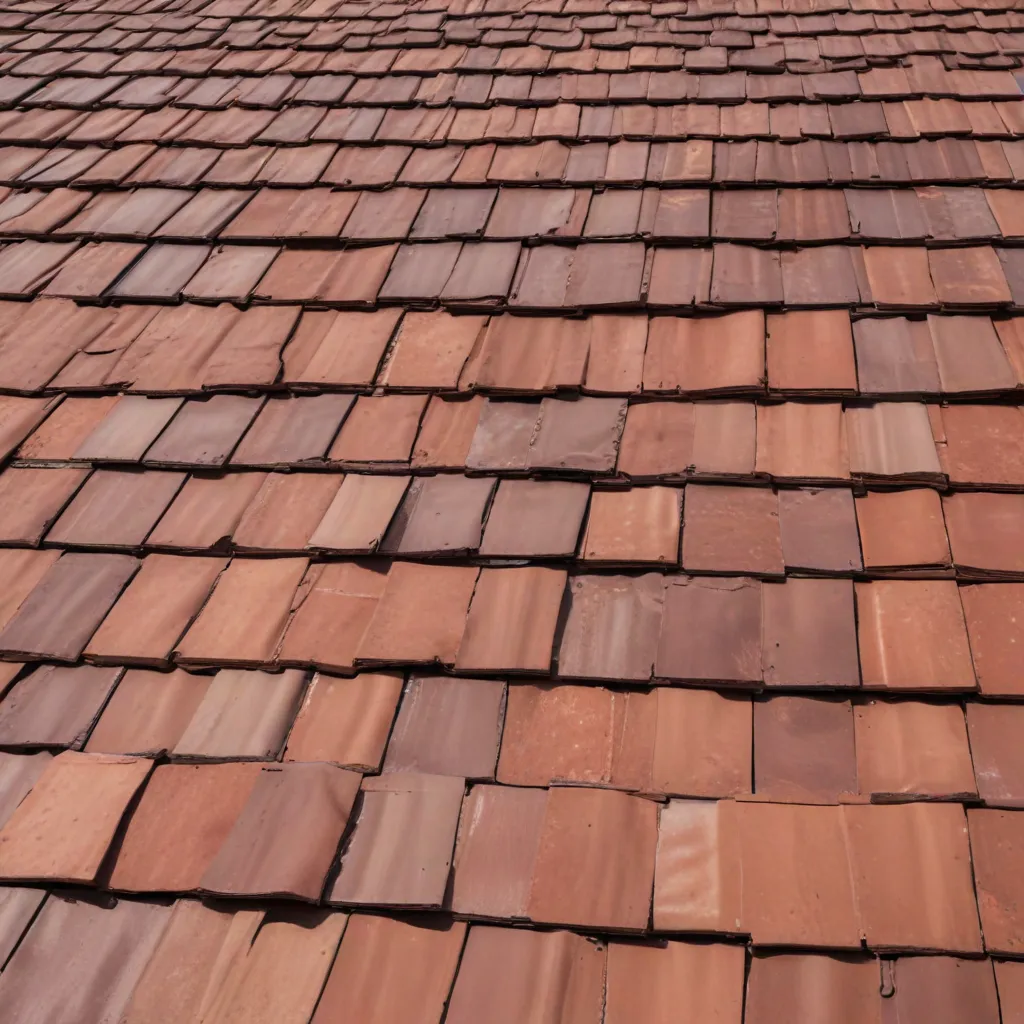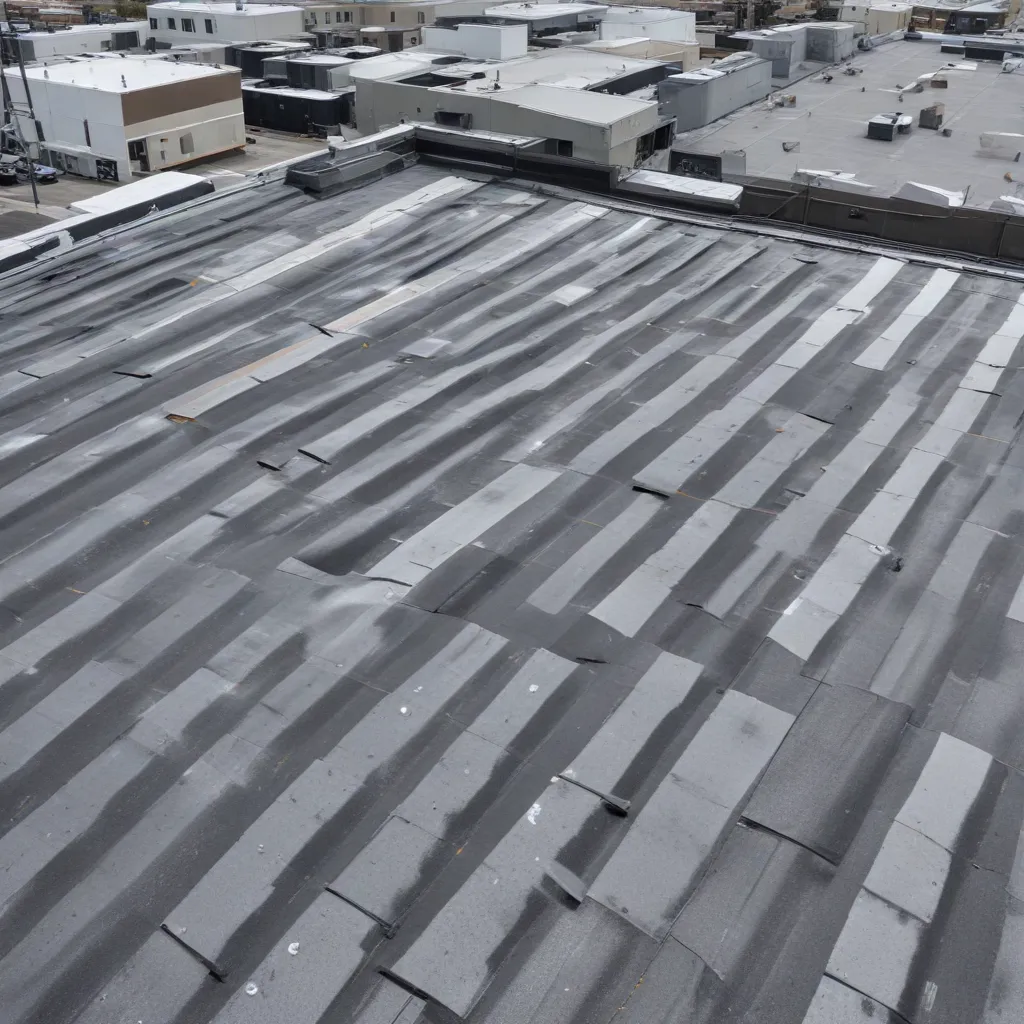
As global weather patterns continue to shift, commercial building owners and facilities managers face an ever-increasing challenge: safeguarding their properties against the growing threat of extreme conditions. From scorching heat waves to powerful storms, each region presents its own set of unique weather-related risks that can compromise the integrity of roofing systems — the critical first line of defense for any commercial structure.
Implementing effective weatherproofing strategies is no longer a luxury, but a necessity. By understanding the specific climate challenges, selecting the right roofing materials, and adopting proven design and maintenance techniques, you can extend the lifespan of your commercial roof while ensuring the safety and comfort of your building’s occupants. This comprehensive guide from Genuine Roof Systems explores the key considerations for weatherproofing commercial roofs in extreme climates.
Climate Considerations
The first step in developing an effective weatherproofing strategy is to thoroughly understand the specific climate conditions that your commercial property faces. Extreme weather events, such as heavy snowfall, intense heat, high winds, and severe thunderstorms, can take a devastating toll on roofing systems if left unaddressed.
In regions prone to heavy snowfall, for example, excessive snow accumulation can lead to severe structural stress and potential collapse, while ice dams can cause water damage and leaks. Conversely, areas with scorching summer temperatures and intense UV radiation may experience issues like thermal shock, cracking, and warping of roofing materials, compromising their long-term performance and energy efficiency.
Understanding your local precipitation patterns is also crucial, as heavy rainfall can easily overwhelm inadequate drainage systems, leading to water intrusion and costly structural damage. Similarly, commercial properties in hurricane-prone areas must be prepared to withstand the devastating wind uplift forces and wind-borne debris that often accompany these powerful storm systems.
By closely examining the unique climate characteristics of your region, you can develop a tailored weatherproofing strategy that addresses the specific challenges your commercial roof is likely to face.
Roofing Material Selection
The choice of roofing materials plays a pivotal role in the overall weatherproofing capabilities of your commercial building. When selecting a roofing system, it’s essential to prioritize durability, thermal insulation properties, and moisture-resistance — all of which are critical for withstanding extreme weather conditions.
Metal roofing, for instance, is renowned for its exceptional wind resistance and impact resistance, making it a popular choice in areas prone to hurricanes or severe thunderstorms. Conversely, cool roofing materials, such as reflective coatings or light-colored membranes, can help mitigate the effects of intense heat by reducing solar heat gain and improving energy efficiency.
For commercial properties in regions with dramatic temperature fluctuations, roofing systems designed to accommodate thermal expansion and contraction — such as those incorporating specialized fasteners or expansion joints — can help prevent damage caused by these stresses.
Ultimately, the selection of the right roofing materials should be based on a comprehensive evaluation of your local climate, budget, and long-term performance requirements. Consulting with roofing professionals can help ensure you make an informed decision that optimizes the weatherproofing capabilities of your commercial roof.
Roof Design Strategies
Beyond the choice of roofing materials, the design of the roofing system itself plays a crucial role in its ability to withstand extreme weather conditions. Factors such as roof slope, drainage, ventilation, and reflective coatings can significantly enhance a commercial roof’s resilience.
Proper roof slope and strategically placed drains and gutters are essential for ensuring efficient water management and preventing water pooling, which can lead to leaks and structural damage. In regions prone to heavy rainfall, incorporating secondary drainage systems or overflow scuppers can provide an added layer of protection against extreme precipitation events.
Adequate insulation and ventilation also play a vital role in moderating temperature fluctuations, reducing the risk of thermal expansion and contraction that can stress roofing components. Additionally, the use of reflective coatings or cool roofing technologies can help minimize heat absorption, further enhancing energy efficiency and the overall weatherproofing performance of the commercial roof.
By carefully integrating these design principles, you can create a commercial roofing system that is better equipped to withstand the rigors of extreme weather, safeguarding your property and its occupants.
Installation and Maintenance
Proper installation and ongoing maintenance are critical for ensuring the long-term weatherproofing performance of your commercial roof. Employing experienced roofing contractors who follow industry-best practices is essential, as even the most durable materials can fail if not installed correctly.
Regular inspections and preventative maintenance are key to identifying and addressing potential vulnerabilities before they lead to more significant problems. This includes tasks such as clearing drains and gutters, inspecting flashings and sealants, and addressing any minor repairs in a timely manner.
In the aftermath of extreme weather events, it’s crucial to conduct thorough damage assessments and initiate repairs promptly. Delaying these actions can exacerbate issues, leading to water damage, mold growth, and further structural deterioration. Expert roofing contractors can provide valuable guidance in navigating the complexities of insurance claims and coordinating the necessary restoration work.
By prioritizing proper installation and maintaining a proactive approach to roof maintenance, you can maximize the weatherproofing capabilities of your commercial roofing system, ensuring your property remains resilient and protected against the ever-changing climate challenges.
Conclusion
As the effects of climate change continue to intensify, the need for robust, weatherproof commercial roofing solutions has never been more critical. By understanding your local climate conditions, selecting the right roofing materials, implementing strategic design principles, and maintaining a diligent approach to installation and upkeep, you can safeguard your commercial property and its occupants against the growing threat of extreme weather.
Genuine Roof Systems is committed to helping building owners and facilities managers navigate the complexities of commercial roof weatherproofing. Our team of experienced roofing specialists is dedicated to providing personalized guidance and innovative solutions tailored to the unique needs of your property. Contact us today to learn more about how we can help you protect your investment and ensure the long-term resilience of your commercial roof.

